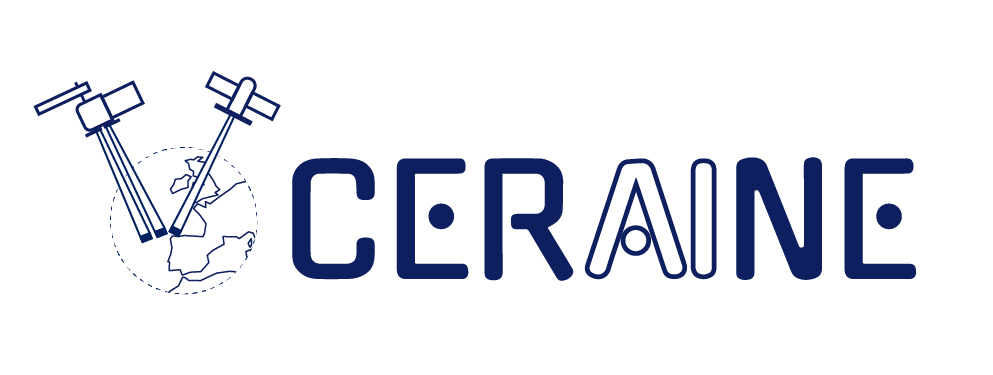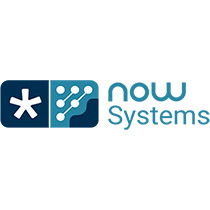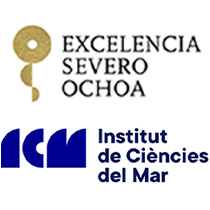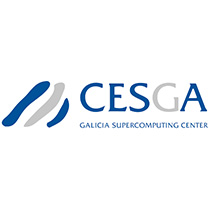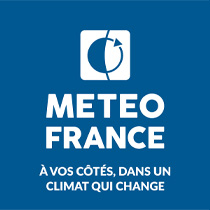
The Client
The Copernicus Marine Service is a provider of free and open marine data and services to enable marine policy implementation, support Blue growth and scientific innovation. The Copernicus Marine Service (or Copernicus Marine Environment Monitoring Service), it is funded by the European Commission (EC) and implemented by Mercator Ocean International. CERAINE is a Copernicus Marine Service Evolution Project.




